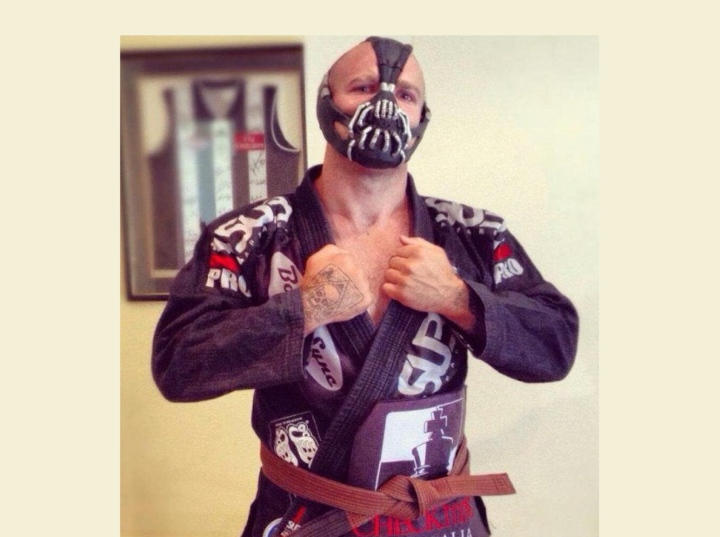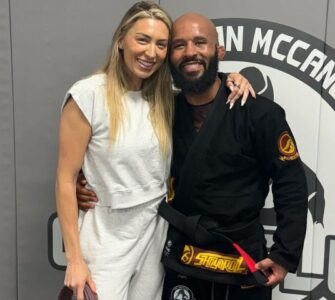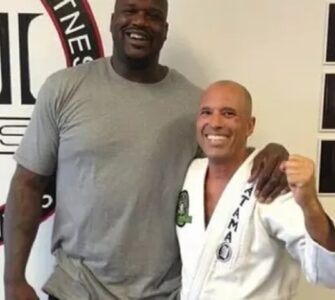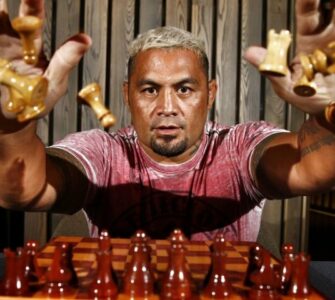In the world of Brazilian Jiu-Jitsu, the term ‘Mat Enforcer’ often sparks a debate about its necessity and nature. The role of the Mat Enforcer is ingrained in the hierarchy of most BJJ schools, but its implications raise important questions: Is it a necessary component of maintaining discipline, or does it border on bullying?
The Essence of a Mat Enforcer
Typically, a Mat Enforcer is a highly skilled practitioner, perhaps a tough Brown Belt or a seasoned Purple Belt, known for their prowess and readiness to engage. In many instances, this individual steps up as the gym’s champion, confronting potential troublemakers or visitors perceived as disrespectful. The presence of a Mat Enforcer is seen as a safeguard, a sort of bodyguard for the team, ensuring the preservation of the gym’s ethos and respect among members.
The Fine Line Between Enforcer and Bully
The core question arises: Is the Mat Enforcer a figure of authority or an embodiment of intimidation? At the heart of BJJ, as with any martial art, lies respect and discipline. The Mat Enforcer’s role, ideally, should be to uphold these values. However, there’s a thin line between enforcing discipline and resorting to bullying tactics. In some cases, the aggressive behavior of a Mat Enforcer can foster an atmosphere of fear rather than respect, counterproductive to the principles of BJJ.
The Role of Communication and Leadership
Could better communication and leadership from instructors negate the need for a Mat Enforcer? Often, the answer lies in how a gym’s leadership manages new visitors and members. Clear communication of expectations and a culture of respect can diminish the need for a Mat Enforcer to ‘step in.’ Instructors play a crucial role in setting the tone and ethos of the gym, which should ideally make the role of a Mat Enforcer redundant.
The Cultural Aspect: Old School vs. New School
The concept of a Mat Enforcer is sometimes seen as a hangover from ‘old school’ Jiu-Jitsu, where rigorous and sometimes harsh methods were employed to maintain discipline. In contrast, many modern BJJ schools emphasize a more inclusive and respectful approach, focusing on personal growth and technical proficiency over physical dominance.
Gym Dynamics and Visitor Challenges
Every gym has its competitors and higher belts who embody the style and ethos of their school. When visitors come to a gym, often it’s to test their skill against these established members. In such scenarios, the Mat Enforcer can be seen as a necessary representative, a figure who accepts the challenge and defends the gym’s honor. This dynamic can be viewed as a fair exchange, a test of skills in the spirit of martial arts.
Conclusion: A Complex Role in a Changing Landscape
The role of a Mat Enforcer in BJJ is complex and multifaceted. While it has its roots in tradition, the modern interpretation of this role must align with the evolving ethos of respect, inclusivity, and personal growth in martial arts. The question of whether a Mat Enforcer is a hero or a bully is not black and white. It depends largely on the individual’s approach, the gym’s culture, and how the leadership manages discipline and respect. As BJJ continues to evolve, so too will the understanding and necessity of this role within the martial arts community.
What do you think? Is the role of the Mat Enforcer outdated, or does it still have a place in contemporary BJJ academies?



















